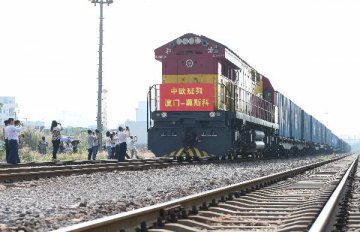The European Union (EU) countries agreed on Wednesday to new anti-dumping rules with new methodology to calculate dumping, which analysts say is another way of extending the surrogate country approach wherein WTO members use costs of production in a third country to calculate the value of products.
Under the new methodology, when "significant distortion" is recognized in an exporting country, the EU could use the costs of production and sale prices in a country with similar levels of economic development or "international" costs and prices reference in anti-dumping cases.
Examples identified as "significant market distortions" include state influence, widespread presence of state-owned enterprises, discrimination in favor of domestic companies, lack of independence of the financial sector, inadequate enforcement of bankruptcy, corporate or property laws etc.
The EU said the new methodology for calculating dumping is based on rules established by the WTO anti-dumping agreement. However, although the surrogate country approach has been dropped in texts, analysts say the new method is simply another way of carrying on the previous practices.
The agreement adopted by EU member states on Wednesday reflected to a large extent the main principles put forward by the Commission in its proposal presented in November 2016.
"If the proposal is adopted in its current form, it would lead to WTO incompatible legislation. The EU would therefore not have fulfilled its obligations," Renato Antonini, who focuses on EU trade and WTO laws and is a partner in law firm Jones Day, told Xinhua in November 2016.
The new mythology indicated in the proposal is a "disguise" to allow the EU to continue the analogue country practice, international trade lawyer Yongqing Bao told Xinhua in a previous interview.
As for the next step, the European Parliament should determine its own negotiating position, after which, three-way discussions will begin until the final text of the agreement has been reached.






















Latest comments